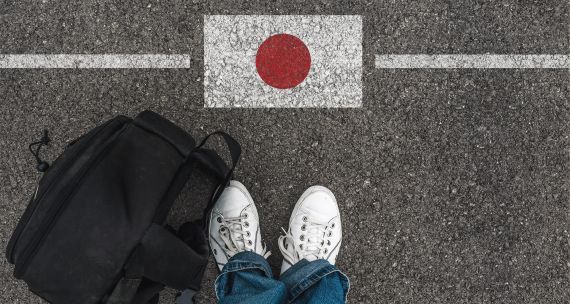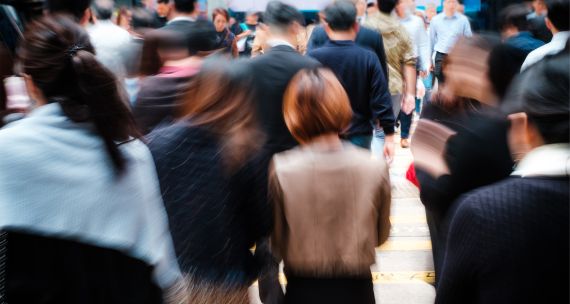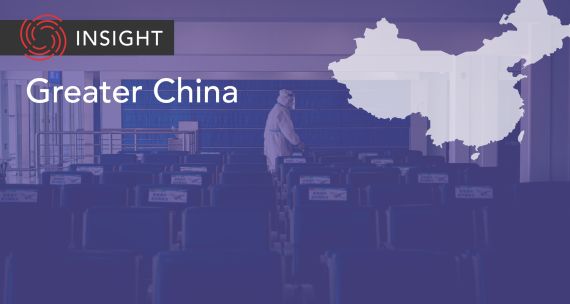South Korea has long been regarded as a homogenous country. Since elementary school, South Koreans are taught that they are all of the same ancestry. However, with a growing number of migrants from mostly other parts of Asia, especially since the start of the millennium, the country is rapidly transforming into a multicultural society.
As of August 2016, over 2 million foreign migrants held permanent residency and accounted for 4 per cent of the total population. This is a large number considering that almost three decades ago it was a rarity to see a migrant walking on the street. It was only after South Korea experienced economic growth and had its first democratic election in the late 1980s that the country began to open up to the ideas of globalization and immigration. Since then, three distinct immigration periods have emerged with migrants coming to South Korea for various reasons, such as work, a better life, and marriage.
First Period: Migrants Replacing South Koreans in Undesirable Jobs (1990-2000)
During the 1970s and 80s, South Korea experienced rapid economic growth. After this “Miracle on the Han River,” a plummeting birth rate and rising labour costs drove the country to open its borders to migrant workers who could fill in the shortage of labour. The introduction of the Industrial Trainee System in 1993 invited ten thousand migrant workers, mainly from China and parts of Southeast Asia, to train and work for SMEs (small and medium-sized enterprises). The program targeted jobs that many South Koreans increasingly viewed as undesirable, such as jobs in the manufacturing and agriculture industries.
Second Period: Finding Brides and Grooms for South Koreans (2000-2010)
A unique aspect of South Korean contemporary immigration history is the influx of foreign brides and grooms after the ringing in of the millennium. This initially started with many South Korean women moving away from the countryside to cities in search of a better job. Since tradition calls for the first-born South Korean male to stay in their hometown, a number of males in the countryside were then unable to find wives. Agencies began popping up to help these males find suitable wives. Many of them came from mostly Southeast Asian countries, such as Vietnam, Thailand, and the Philippines. After 2011, this trend slowed down when the government tightened regulations on South Koreans marrying foreigners to put a stop to immigration fraud and domestic violence.
Today, approximately 14 per cent of all marriages are between a South Korean and a foreign bride or groom. These marriages have led to an increase in the number of multiracial children. In 2011, the number totaled more than 150,000. Considering South Korea has viewed itself as a single-race nation for a number of decades and has only recently opened up to the idea of multiculturalism, some of these children have faced discrimination, especially at school. A poll by the National Human Rights Commission surveyed multiracial students and found that 42 per cent were teased for their inability to pronounce Korean words properly. One-quarter also faced racial discrimination, such as being told that they are not “true” or “pure” Koreans.
Third Period: Migrants as a Solution to South Korea’s Labour Shortage Crisis (2000-2020)
Both the first and third periods of immigration in South Korea saw migrants coming to fill in labour shortages. Whereas the first period had migrants working in jobs that South Korean’s no longer wanted to do, the third period is about addressing broad labour shortages across the entire economy that are due to demographic changes. Similar to Japan, South Korea is seeing an aging population and one of the world’s lowest birth rates. South Korea has taken a proactive approach to address this looming crisis. From 2018, the government will encourage more immigration to counter the declining workforce. It is estimated that by 2020, almost 5 million migrants are needed; by 2030, 10 million; and by 2060, 17 million. If these numbers are met, migrants would represent almost 45 per cent of the total working population by 2060.
Even though the government hopes to create a multicultural society, challenges are likely to arise. According to a recent survey by the Hyundai Research Institute, almost 45 per cent of South Koreans do not consider migrants as their neighbours. For migrants to assimilate properly, the government will need to ensure that South Koreans are accepting of the new idea of a multicultural country. This may take some time considering South Korea’s troubled history of multiple foreign invasions.
With the South Korean government’s plans to increase the inflow of migrants, it seems likely that the country will become multicultural in a number of decades. However, an upcoming presidential election sometime this year makes for an uncertain future. It is unclear yet whether the next president will sustain this increasing diversity.
To explore other posts in our Migration Matters series, please click on the links below.
Migration Matters: Project Overview
Migration Matters: Japan
Migration Matters: Malaysia
Migration Matters: Thailand




